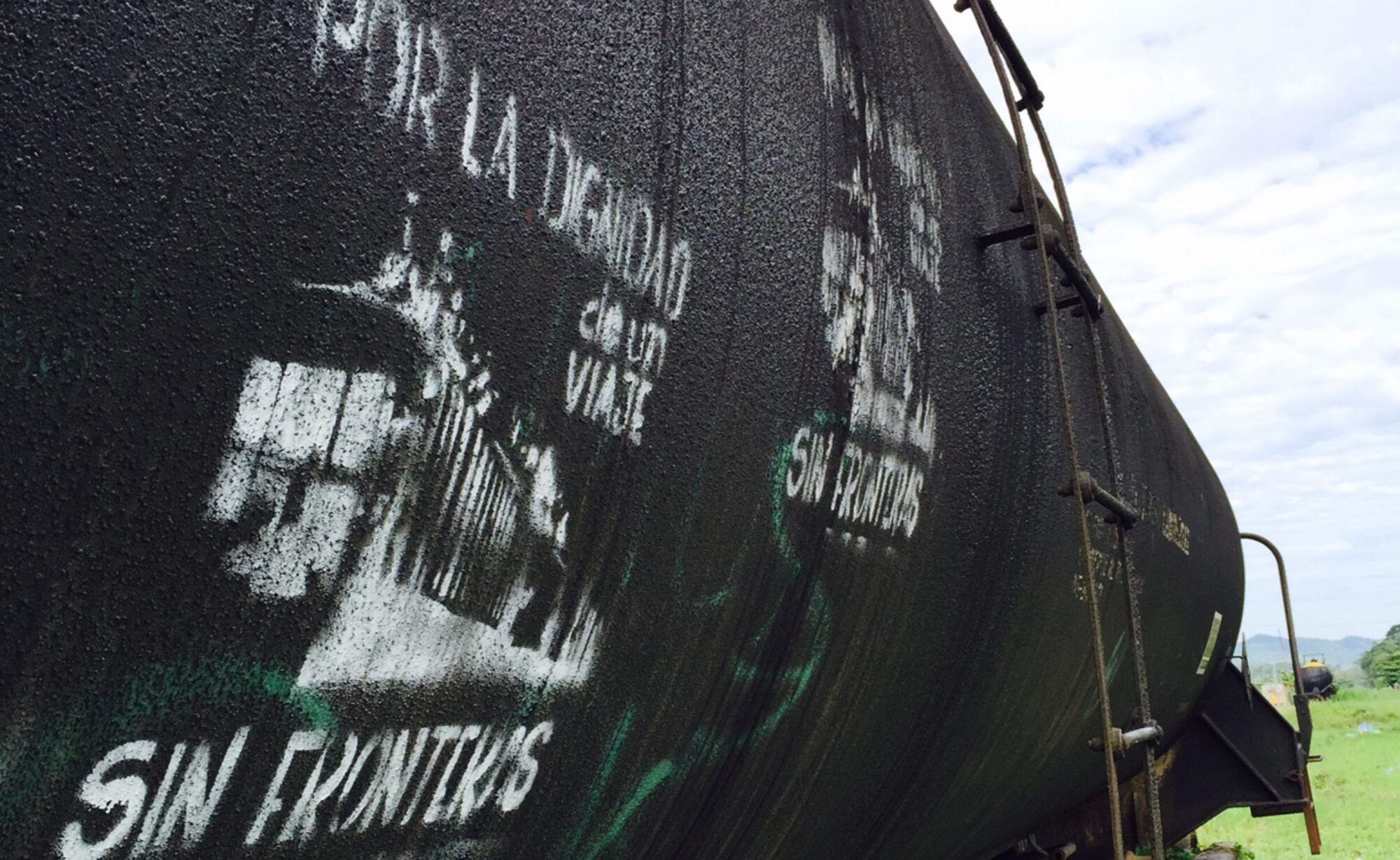This weekend I topped 1,000 miles ridden on my bike since the lockdown began without leaving Tucson. After 500 miles, I named the bike Rocinante after Don Quixote de la Mancha’s faithful horse, for no other reason that I found it amusing. Later it occurred to me the real reason was that I wanted to occupy that place between delusion and idealism, a place where I would take myself a little less seriously.
Perhaps here, or so goes the reasoning, I could garner the optimism and conviction that the pandemic could indeed usher in something new.
Like so many others, everything cancelled for me in March. I was about to go on a second leg of a book tour for “Empire of Borders,” a book of investigative journalism that looks at the expansion of the U.S. border around the world. I lost events at libraries, at universities, at conferences. The loss of engagement at an important if not fledgling moment of a new book has been a painful void.
But the cancellation that saddened me the most was a two-night train trip I was going to take with William, my four-year-old, to Portland in early April. I was excited to show him that there were many ways to travel besides flying. I didn’t really care about the potential that he’d be, at times, a royal pain in the ass.
To excite William about our trip, I relayed memorable moments from other bus and train trips in my past, from Buffalo to Guadalajara, from Managua to Tucson, from Tucson to New York City. I told him about when I woke up on a Greyhound bus in a swathe of Redwoods in Northern California. The bus left Oakland the evening before en route to Coos Bay, Oregon. When I opened my eyes, I saw the giant trees woven into the dawn fog through the window.
It was like I woke up into a great work of art, the beauty and grandeur were that astonishing. And that was not all. Maybe it was simply the early morning, the dream-state, or the fact that I had been on the bus since Buffalo, but it was their faces.
Not human faces, but faces of wrinkles and wisdom on the trunks that left me humbled, as if I only knew a fraction of what was going on, and I was only a fraction of something much bigger.
I had waited years for this trip with William. My hopes were almost Quixotic. I wanted it to be a pilgrimage, in the most traditional sense, where we entered one way and left another. I took the cancellation hard.
The thousand miles on the bike — the equivalent of going from Tucson to LA and back — certainly began from the mourning and melancholy caused by the pandemic, but there was also something more to it. It became a pilgrimage in its own right.
Maybe by not being able to travel at all, I could learn to travel again.
Which brings me to the hawk.
Read the rest, as published in the Tucson Sentinel, here.
